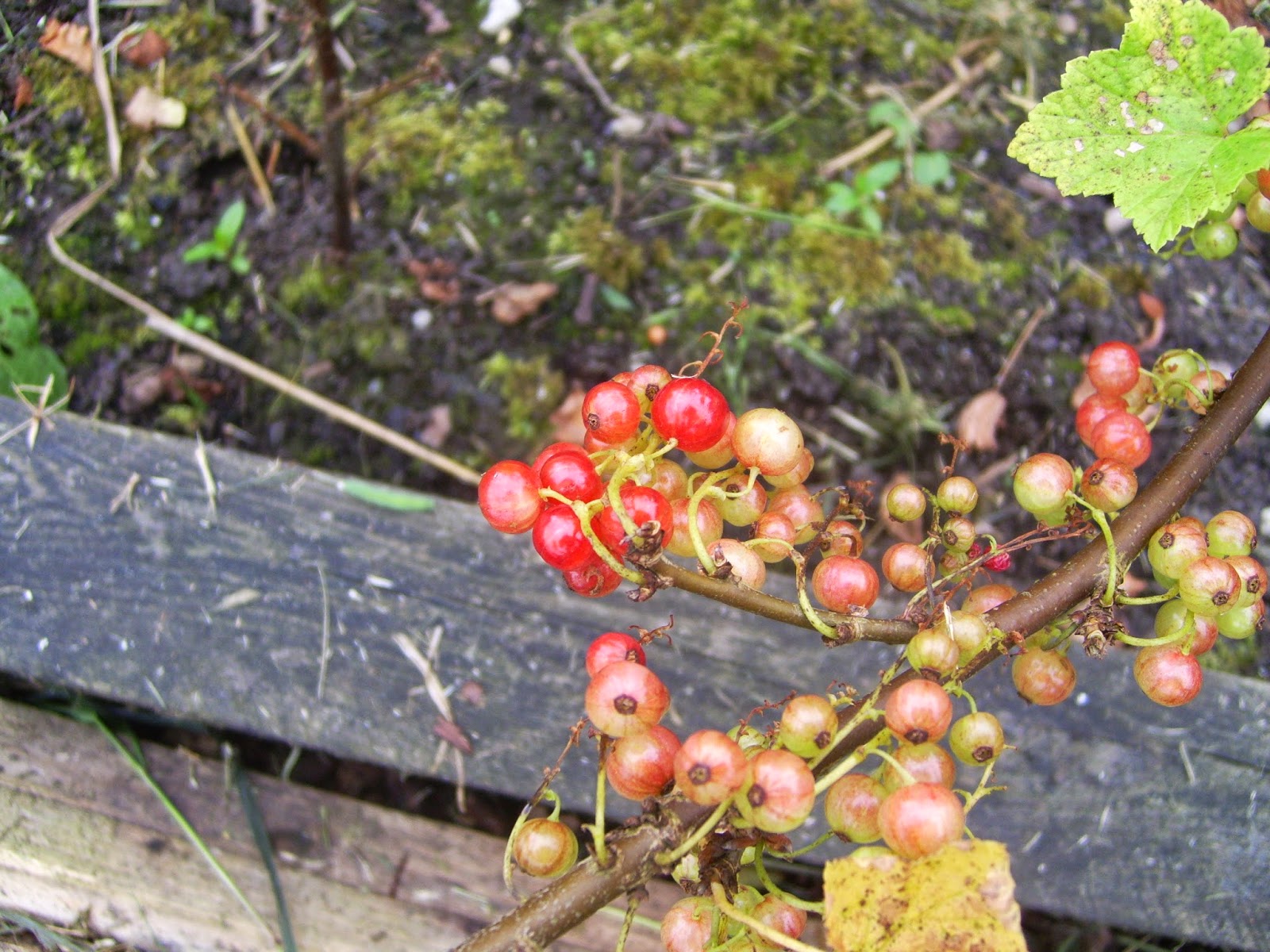 |
| New Brood Box in place |
It is important to check your bees at least every nine days during the summer months to make sure that your colony has enough room, and that they are developing well with no sign of disease or infections.
Last time Angela checked the hive it was very obvious that the spacing of the frames was all wrong as the bees had started to fill in the gaps between the frames with comb, leasing to the strange formations you can see in the pictures from then.
 |
| Revealing the colony |
I now know that this was a mistake, as it made the spacings too wide. A National brood box has space for eleven frames, but we only had ten in ours, hence the extra comb.
 |
| Moving the frames to the new brood box |
We needed to transfer the colony from one box to another.
The first thing to do was to put a large piece of cardboard on the stand next to the hive, and to lift the whole brood box off the base and on to the cardboard.
 |
| The first of the drawn frames-frame 5 |
This was to make sure that the queen (if we had one) did not drop off the bottom of the frames and into the grass and get lost.
After that, each frame had to be lifted out of the original box, plastic spacers added to each end and placed into the new box.
 |
| Checking for brood |
It was important to keep the frames in the same order so this was done very methodically.
Angela started to come across the first drawn comb five frames in, and was soon uncovering the bulk of the colony on the next frames.
 |
| Frame seven showing plenty of capped cells |
Frames five, six and seven were where the main colony was, and Angela and Diane checked both sides of the frame for evidence that the queen was there, and was viable.
Fortunately there was a good brood pattern with plenty of capped brood which meant that our queen was still alive, and had mated.
 |
| Strange comb formation |
As a viable queen she had started to lay and our colony looks to be on its way at last.
Frames seven,eight and nine were also quite heavy which indicated that not only did we have brood in the capped cells and pollen in the bright yellow cells, the bees were also storing nectar which would eventually become honey.
A very good sign.
 |
| Plenty of activity |
It has only been seventeen days since I caught the swarm, and as it takes a minimum of 21 days for a bee to hatch we weren't expecting to see an increase in numbers just yet.
The numbers in the hive don't appear to be much reduced, thankfully, and now that we have seen that the queen is laying we can look forwards to seeing much more comb containing brood, pollen and nectar the next time we inspect.
 |
| Diane pointing out a cell filled with nectar |
The strange comb formations will need to be dealt with at some point.
We will probably wait until all the brood have hatched before carefully slicing the surplus off and returning the trimmed frame to the hive.
 |
| The empty feeder |
We didn't have any more syrup with us this time so we decided not to feed the colony any more just yet and to wait until our next inspection to see how they have done on their own
 |
| Frame nine showing some development |
Diane's bees drew out seven or eight frames on one feeding of sugar syrup, but ours have only managed five or six on two feeds.
I have been reading up everything I can find on the internet about Italian bees, and it seems that if you feed them they will prefer to raise brood with syrup rather than build comb.
 | ||
| Brushing the last few bees from the original brood box |
This may explain the slow progress across the frames, but also means that we may have a sudden dramatic increase in population inside the hive fairly soon so it will be important to have a second box ready to put on top of the brood box to give the colony room to expand so they don't feel the need to swarm.









































